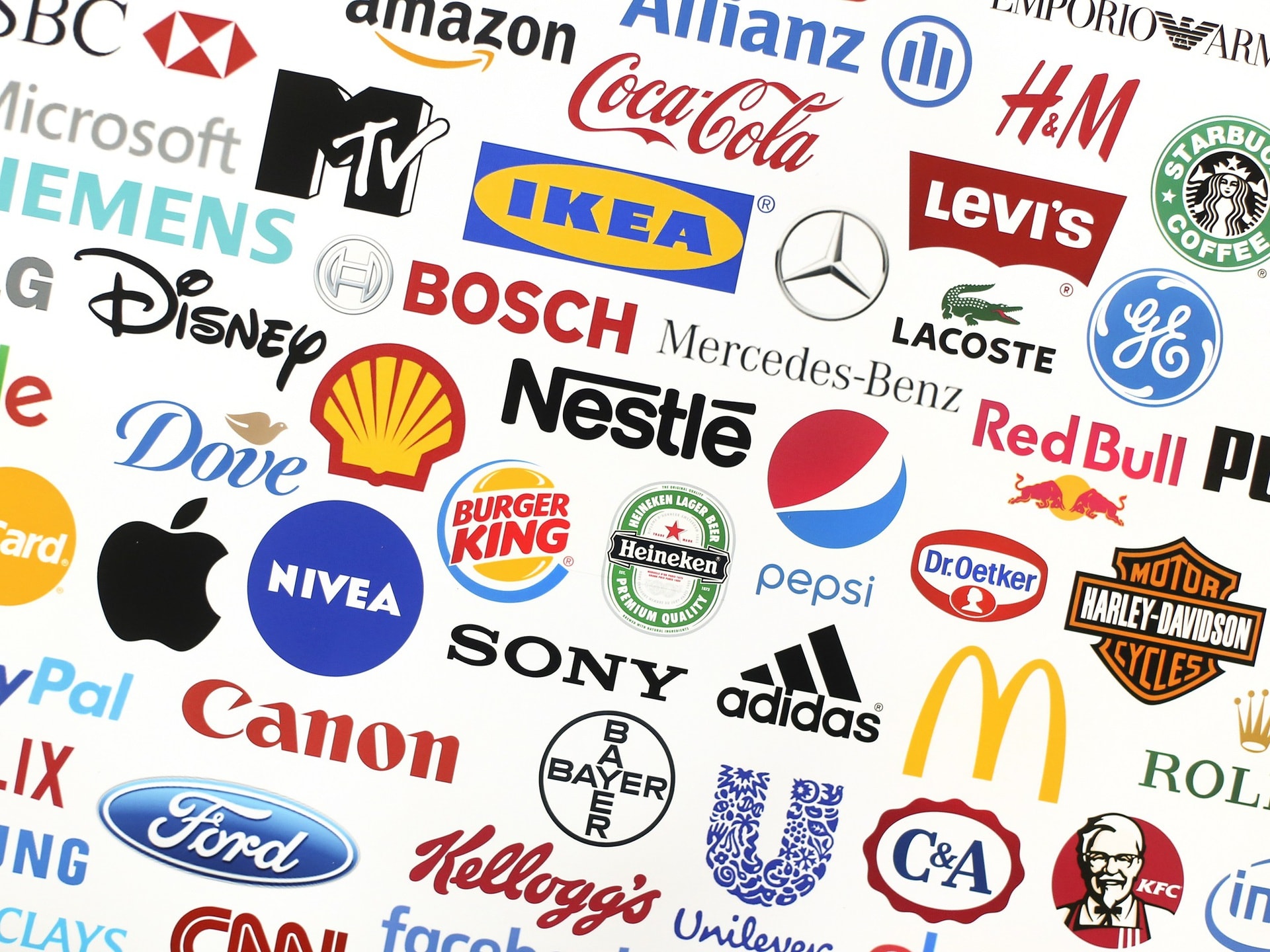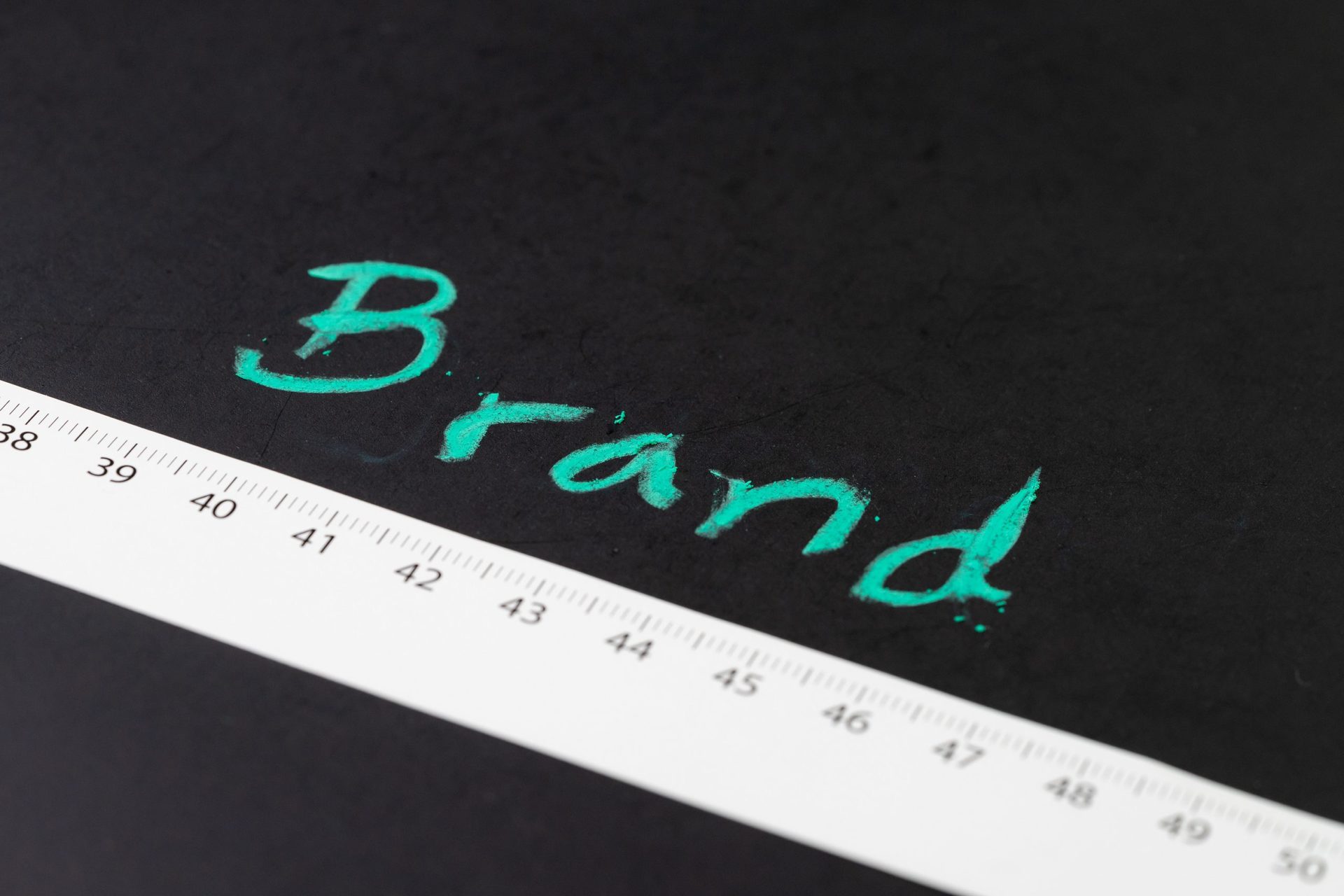By Patty Fleider and Maria Lester, Accountability Information Management, Inc.

Whether your construction company is small or large, your brand is the culmination of your company’s image. Having an established brand helps people recognize and remember your company. But, does that mean it will be preferred?
In today’s digital environment, the way to market a brand is much more complex. Social media is changing how brands are qualitatively measured, along with familiarity and preference.
This issue becomes: How do you measure your brand’s value when the audience keeps changing in lieu of digital disruption? Answer: you can’t.
But, since those in the construction industry have to start somewhere, Accountability Information Management, Inc. (AIM), a leading B2B research company in the United States, offers this advice: focus on brand familiarity and preference measurements.
Brand preference has always been driven by exposure, which in turn is driven by familiarity. That is, expose it and market it, get people familiar, and they will prefer or not prefer. But, understand the basic tenant: you can be familiar, but not preferred, or you can be familiar and preferred, but you can’t prefer what you are not familiar with. You have to start, therefore, with building familiarity.
Why Today is Different
The difference today, because of social media, is that exposure can be exponential and familiarity can develop fast. It can evaporate, moreover, just as fast (brand crisis).
Because of the Internet and the explosion of communications via social media channels, all brands are suddenly faced with upstart challengers that can appear out of nowhere and threaten their existence, which is the preference they have established.
For example, iconic brands like Pepsi are faced with upstarts that can appear suddenly to threaten their very existence (which is the public’s preference). Pepsi’s struggle is the same struggle of ANY brand, large or small. That is, it has built familiarity and then preference, but these upstarts ride on Pepsi’s familiarity and go after their preference. That’s not fair, is it?
But, it is reality.
Besides, a “brand” doesn’t have to be a product anymore; it can be a person. This has always been the case, but people didn’t know about it, understand it, or talk about it. The easiest way to understand this concept of people as a brand is a columnist in a newspaper.

People can be Brands
The newspaper is a brand; a columnist in that newspaper develops a following and becomes a brand through exposure. Can the columnist as a brand exist outside the newspaper? Of course. Can the newspaper exist without the columnist? Of course. But, by gaining “followers,” each “brand” gains strength (i.e., is the President a person or a brand?).
The essence of Twitter, Facebook, Pinterest and the rest is that they help bridge the gap between the person and the brand. Understand, too, that it is “followers” or the public who give individuals/brands within those channels preference. And because of social media and the ability of Internet e-commerce, a new brand can gain familiarity quickly, and start grabbing an established brand’s preference. Of course, it can die as quickly, too.

Measurement
Plus, because of the Internet, we get familiar with a lot of things – individually. That’s why the markets have splintered and will continue to split dramatically. Sub-groups of sub-groups are created, generating more clicks and HITS (How Idiots Track Success), more likes. It’s overwhelming sometimes to try to figure it out when things change, isn’t it?
As the markets continue to proliferate, the line between brand familiarity and preference blurs. And it can be overwhelming to figure out the target audience when the audiences themselves constantly change. Therefore, how brands are qualitatively measured changes, along with everything else. Ultimately, the measurement of your brand MUST be done on an audience-by-audience basis.
To measure correctly, the familiarity and preference of a brand are largely governed by the many audiences within which the brand operates.
The rules of branding remain unchanged, despite digital disruption. The fundamental idea and core concept behind having a brand or company image is that everything your construction company does, everything it owns, and everything it produces reflects the values and aims of your business. To prevent the blurring and enhance preference, differentiation is required.
Service and support are two of the ways to differentiate your brand from “others” in the market. AIM’s research and experience in the building construction industry indicate the following factors are critical to reinforcing and building brand loyalty (preference).
- Availability: While a specific brand can be the brand of choice, if the product or service is not available when the customer needs it, your efforts to impact the brand choice may ultimately fail. Be available when your customers need you and your services. That’s more than half the battle for preference.
- Service: The building construction market can be volatile and strong rep relationships and service can make or break your brand selection.
- Support: The “support” offered is also critical to building and maintaining brand preference and loyalty. Not only do you need to keep the market “updated” on new products/services, but your website and product materials/programs need to be communicated regularly.
The bottom line is that what matters most is being able to effectively communicate with your key audiences. To compete successfully, remember that it’s not about you – it’s about them, and why they prefer your brand.
PATTY FLEIDER has been the lead researcher at AIM for more than 20 years. She has extensive knowledge of the building construction industry including market and customer research, corporate due diligence, project management/development, and marketing communications. She has undergraduate and advanced degrees in marketing from Southern Illinois University and Loyola. Email: patty@a-i-m.com.
MARIA LESTER has been a project manager at AIM for 18 years. She has extensive knowledge of the building construction industry including project management/development and marketing communications. Her background includes technical advisory and B2B content development. She provides technical insight into the business. Maria is a LEED AP and has a BSEE from Illinois Institute of Technology, Chicago. Email: maria@a-i-m.com.
***
We would like you to become more familiar with CURT’s brand! Follow/like us on Facebook, and connect with us via LinkedIn, to stay up to date on all of our events and the important work we have in progress in the areas of safety, lean construction, modularization, productivity, workforce (and much more!).
Facebook: https://www.facebook.com/CURT.org/
LinkedIn: https://www.linkedin.com/groups/1286907/
CURT’S MISSION IS TO CREATE A COMPETITIVE ADVANTAGE FOR CONSTRUCTION USERS. CURT ACCOMPLISHES THIS MULTIFACETED OBJECTIVE BY PROVIDING AGGRESSIVE LEADERSHIP ON THOSE BUSINESS ISSUES THAT PROMOTE EXCELLENCE IN THE CREATION OF CAPITAL ASSETS.
